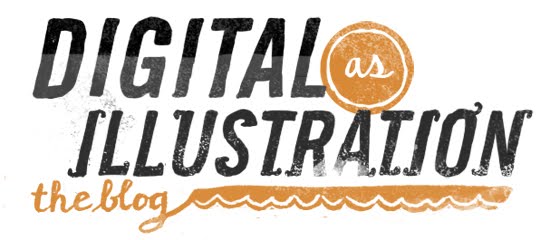
image (c) Yuko Shimizu
Class Assignment:
Shakespeare! Artists and illustrators through the ages have illustrated the many poems and plays by Shakespeare--his works are recognized throughout the world! (and you've probably already read at least one of his plays)
I want you to pick one of his works and do an illustration based on the story in general (think book cover), or on a specific scene in the story. Be narrative with your art, tell the story through your image. 5 sketches are due next week, and you can choose several plays in your sketches, if you like.
Now, these stories are so universal and well known that you can be very interpretive with your illustration--you can do a modern/futuristic/historical take on the story (like a present day Romeo & Juliet or The Tempest IN SPACE), or a more conceptual illustration, or a kid's book version, or macabre, or traditional...It's up to you! Be creative and enjoy what you're doing, as long as you're getting the scene or the story across!
Next week we will have a guest artist, and will be going over digital painting! Your final for this assignment will include at least some digital painting, so keep that in mind.
Since it is difficult to read all of Shakespeare's plays in a short amount of time, here are some resources to help:
Play Synopsis
Lots of In Depth Info
A bunch of classical illustrations for all of Shakespeare's plays
BLOG Assignment:
5 5 minute(or more) observational sketches of hands, done in 5 different mediums. Go wild! Experiment. Remember your boxes. Also remember that I'm looking at who turns in assignments late. (Class AND Blog)
A preview of your demoer next week:
Tentacle Color Sketch from Jeremy Enecio on Vimeo.


2 comments:
wow im so excited now! This is going to be the funnest assignment! Why did he flip the imagine to color the other side of her face?
It'll be great! Sometimes when you're working on an image, especially faces/figures, it helps to flip the image to the other side to check the anatomy and make sure it still makes sense (your eye gets used to looking at an image in one way, so flipping it helps you see more clearly).
Post a Comment